Hawaii is a popular vacation spot for millions of visitors each year. People come seeking relaxation, sandy beaches, taking in a luau, and watching epic sunsets. Those who venture into one of the eight Hawaii National Parks will bring back a much more rewarding experience.
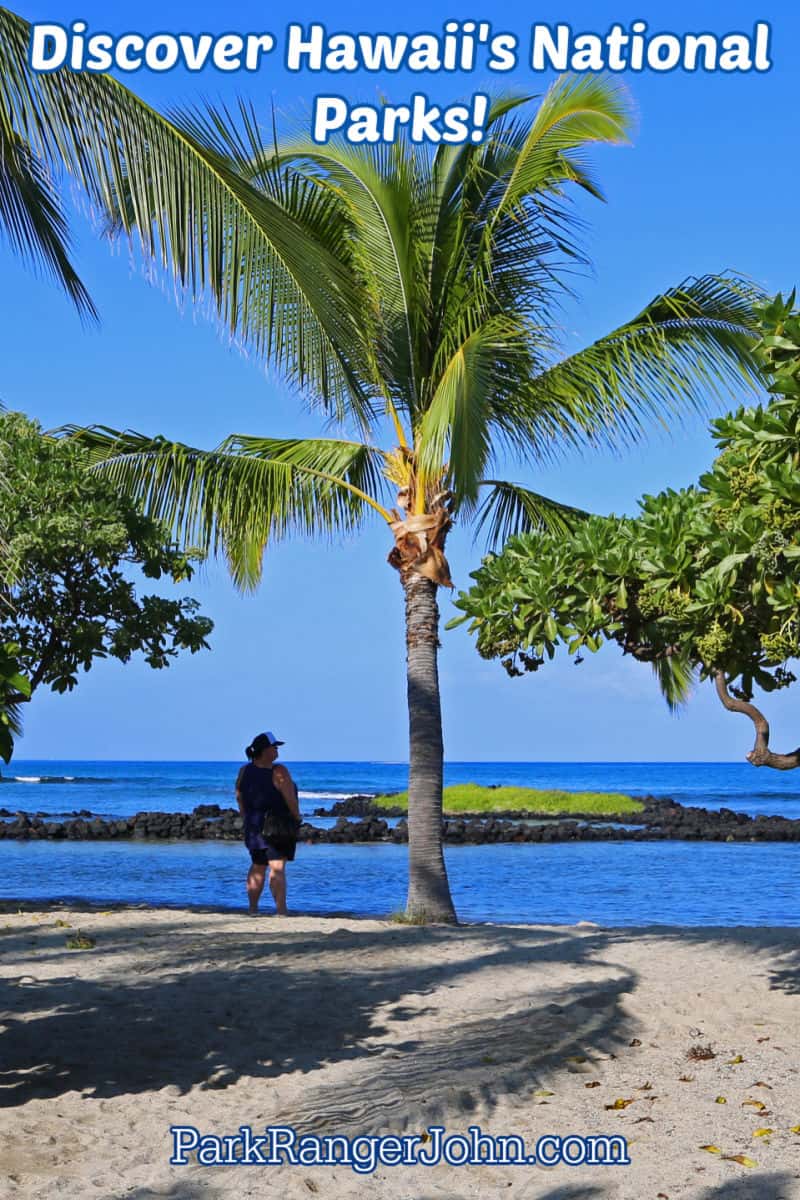
Hawaii National Parks
The eight different national park service units on the Hawaiian Islands provide many fantastic opportunities!
You can choose to explore everything from the island's volcanic landscapes and lava flows to lush rainforests and some of the beautiful beaches the Islands are best known for.
Thrill seekers can hike to the summit of Mauna Loa at a staggering 13, 639 feet!
Bird lovers rejoice in seeing numerous endemic species of native birds like the ‘Apapane, ‘I‘iwi, and the Nēnē Goose.
Park Ranger John Pro Tip
I personally have a deep connection to the Islands and feel at home when here. A big reason for this is that several of Hawaii's National Parks tell the story of Hawaiian culture like Pu'ukohola Heiau National Historic Site, Puʻuhonua o Hōnaunau National Historical Park (also known as the Place of Refuge), and Kaloko-Honokōhau National Historical Park.
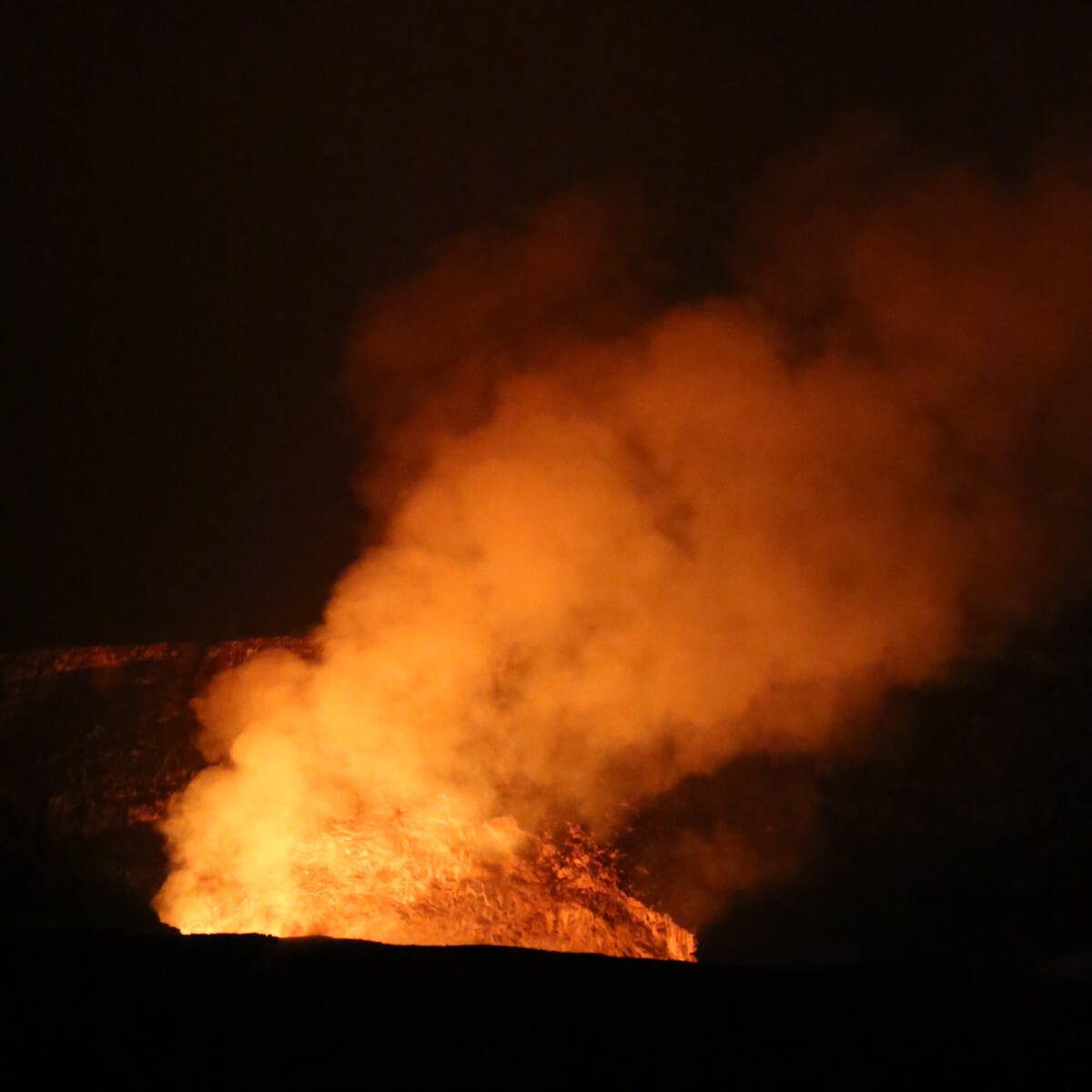
Hawaii Volcanoes National Park
Top Things to do - Day Hikes, Backcountry Hiking, Explore the Kahuku Unit, Crater Rim Drive Tour, Drive Chain of Craters Road, Kīlauea Visitor Center, see lava flows when active, go camping or stay in the Volcano House lodge. Hike the Thurston Lava Tube or the Petroglyph Trail.
Lodging - Volcano House is just a short walk across Crater Rim Drive from park headquarters and the Kīlauea Visitor Center. From Hilo: 30 miles southwest on Highway 11 (45-minute drive); from Kailua-Kona: 96 miles southeast on Highway 11, or 125 miles through Waimea and Hilo via Highways 19 and 11 (2 ½ to 3-hour drive).
Camping- There are two drive-in campgrounds in Hawaiʻi Volcanoes National Park, Nāmakanipaio and Kulanaokuaiki.
Park Address - 1 Crater Rim Drive, Hawaii National Park, HI 96718
Hawaii Volcanoes National Park is more than just a park, it's a meeting of the old and the new. It's a prime location to experience an oft-forgotten part of nature. And yes, it's just another piece of paradise.
While more than half of the park is best for hiking and camping, and the Thurston Lava Tube - there's a short hiking trail within it - and the Hawaiian Volcano Observatory are must-sees, it's at the top of Kilauea Caldera that the magnificence comes into perspective.
The Hawaiian Islands were formed thousands of years ago by a volcanic eruption - so where better to visit than a place where the naked eye can see the constant evolution of what was once just an underwater volcano? But the park is only one of eight that spans the archipelago.
The volcanic landscape is truly breathtaking.
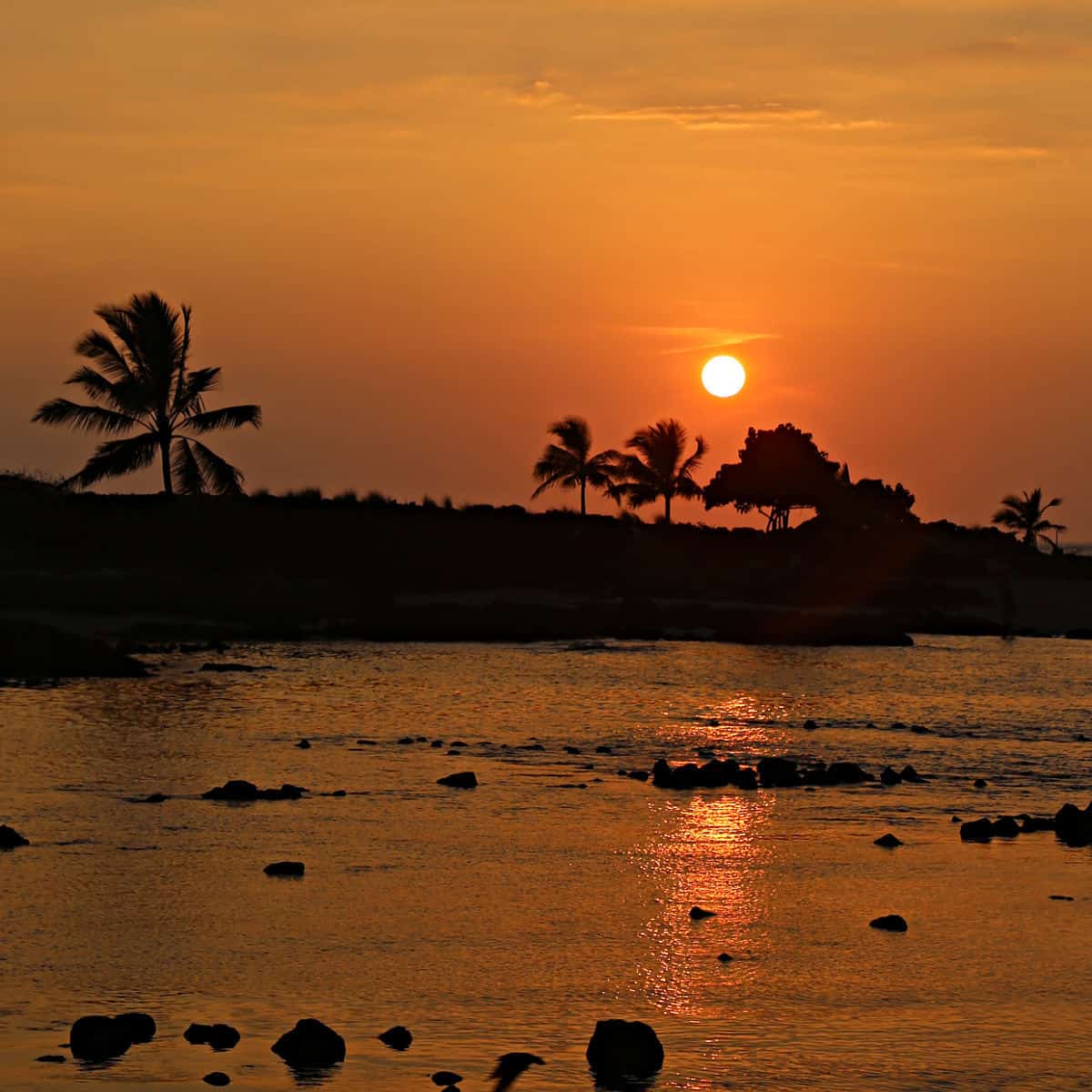
Kaloko Honokohau National Historical Park
Top Things to do - Visit the Visitor Center, Hiking, Bird Watching, Junior Ranger Programs, Snorkeling, and Explore Honokōhau Beach, enjoy spectacular sunsets at the beach, hike to the royal fishponds and learn how native Hawaiians learned to fish the Pacific Ocean without a fishing pole and hook!
Lodging - There are no National Park Lodges within the park. There are great lodging and vacation rentals available in Kailua-Kona and surrounding areas.
Camping- There are no National Park Campgrounds in the park.
Park Address - 73-4786 Kanalani St. #14, Kailua-Kona, HI 96740
Kaloko-Honokohau National Historical Park, on the western coastline of the Big Island, was once home to an ancient Hawaiian settlement. The park features two fishponds -created with stone walls and once used by the settlement to raise fish.
Don't miss the Hawaiian temple along the beach. This is a great place to look for green sea turtles and to watch epic Big Islands sunsets.
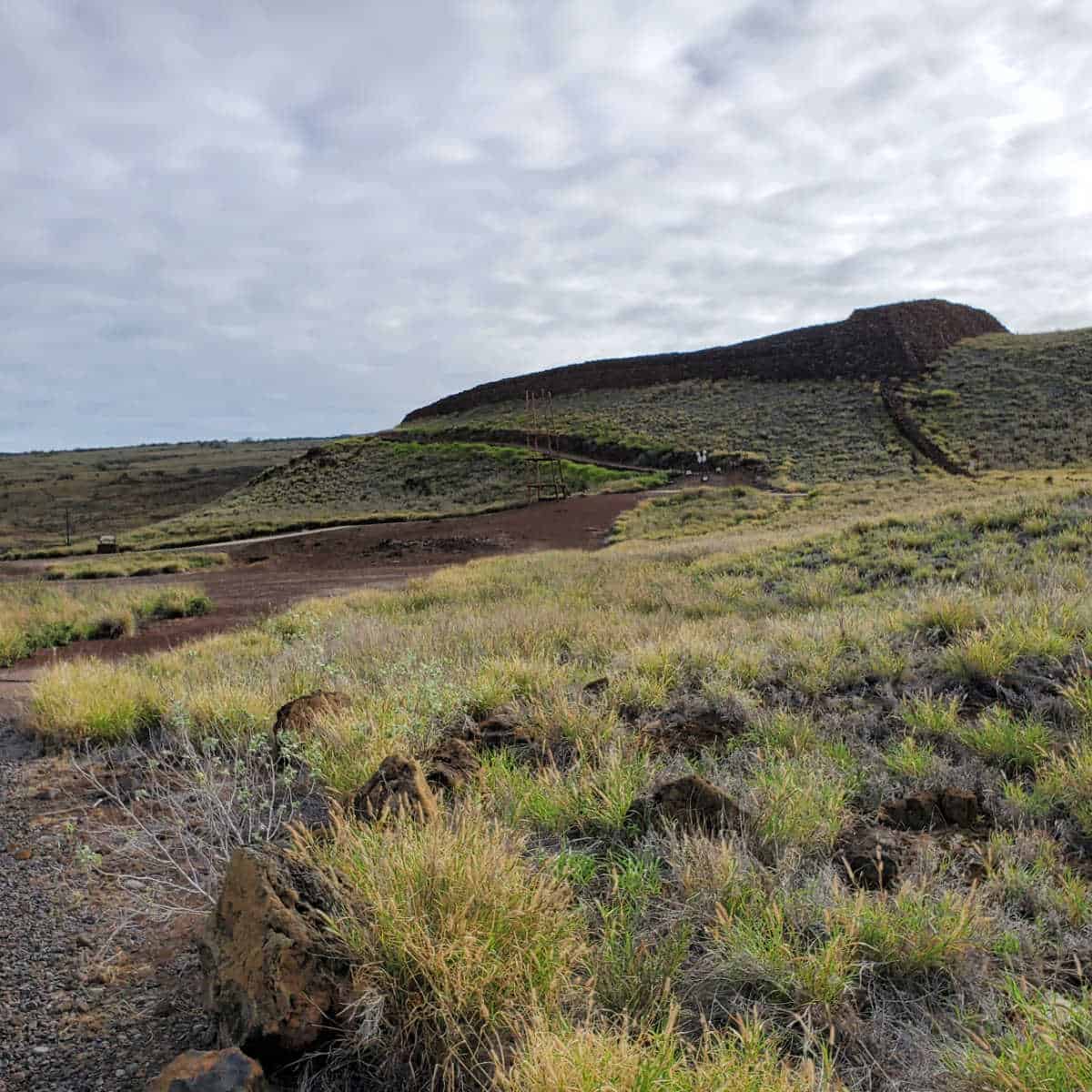
Pu'ukohola Heiau National Historic Site
Top Things to do - Guided Tours, Visitor Center, Hiking, Shark, Whale & Dolphin Watching, Bird Watching, Photography and Painting,
Lodging - There are no lodging facilities within the park
Camping- Although camping is not permitted within the park, the County of Hawai'i operates several parks with camping facilities, including Spencer Beach Park, which is adjacent to Pu'ukohola Heiau National Historic Site.
Park Address - 62-3601 Kawaihae Road, Kawaihae 96743
Pu'ukohola Heiau National Historic Site preserves the "Temple on the Hill of the Whale," which was built by King Kamehameha I in 1790 and 1791. It features the homestead of John Young, a European sailor that helped Kamehameha extend his reign.
You can learn more about Hawaiian sacred laws and see the archaeological sites in the park.
Look for the state bird the Nene Goose which has been listed as an endangered species.
There is also a great state park next to the site great for picnics!
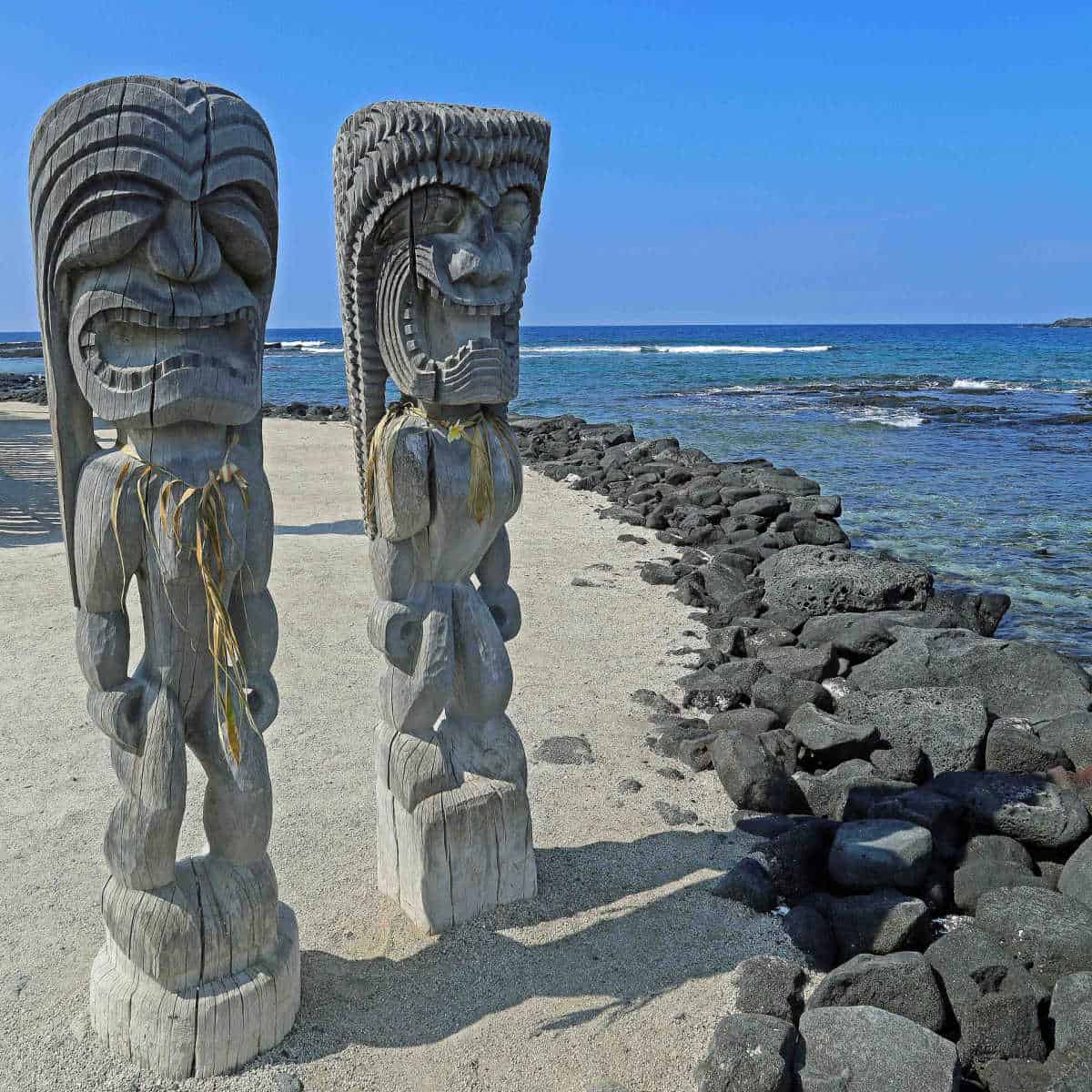
Pu'uhonua o Honaunau National Historical Park
Top Things to do -Self-Guided Walking Tour, Cultural Demonstrations, Hiking, Fishing, relaxing in The Picnic Area
Lodging - There is no lodging available in the park. Several Bed and breakfasts are located within Hōnaunau and the neighboring areas. Hotels may be found in Kaliua-Kona, approximately ½ hour from the park. Other lodging options are available in major towns throughout the Island.
Camping - Camping is not permitted in the park
Park Address - Highway 160, Hōnaunau, HI 96726
Puuhonua o Honaunau National Historical Park was once a refuge for Hawaiians who broke the ancient laws of the Gods. Besides serving as another peek into Hawaii's history, it's a haven for beautiful wildlife like sea turtles and Humpback whales.
Located at sea level this park is next to some of the best snorkeling on the Big Island of Hawaii.
Ala Kahakai National Historic Trail
Top Things to do - Hiking, Wildlife watching, Stargazing, Bird Watching
Lodging - There are no lodging options within the National Historic Trail. However, you can find a range of lodging options in nearby towns like Kailua-Kona, Waikoloa, and Hilo, including hotels, resorts, vacation rentals, and bed and breakfasts.
Camping- Backcountry camping may be available at some sections of the trail
Park Address - 73-4786 Kanalani Street, #14, Kailua-Kona 96740
The Ala Kahakai National Historic Trail is 175 miles of trail where visitors can view ancient settlements or just enjoy the Island of Hawaii's natural beauty. The trail was established in 2000.
The trail traverses hundreds of ancient Hawaiian settlement sites. Cultural sites along the trail include temples, fishponds and fishing shrines, petroglyphs, royal centers, and sacred places.
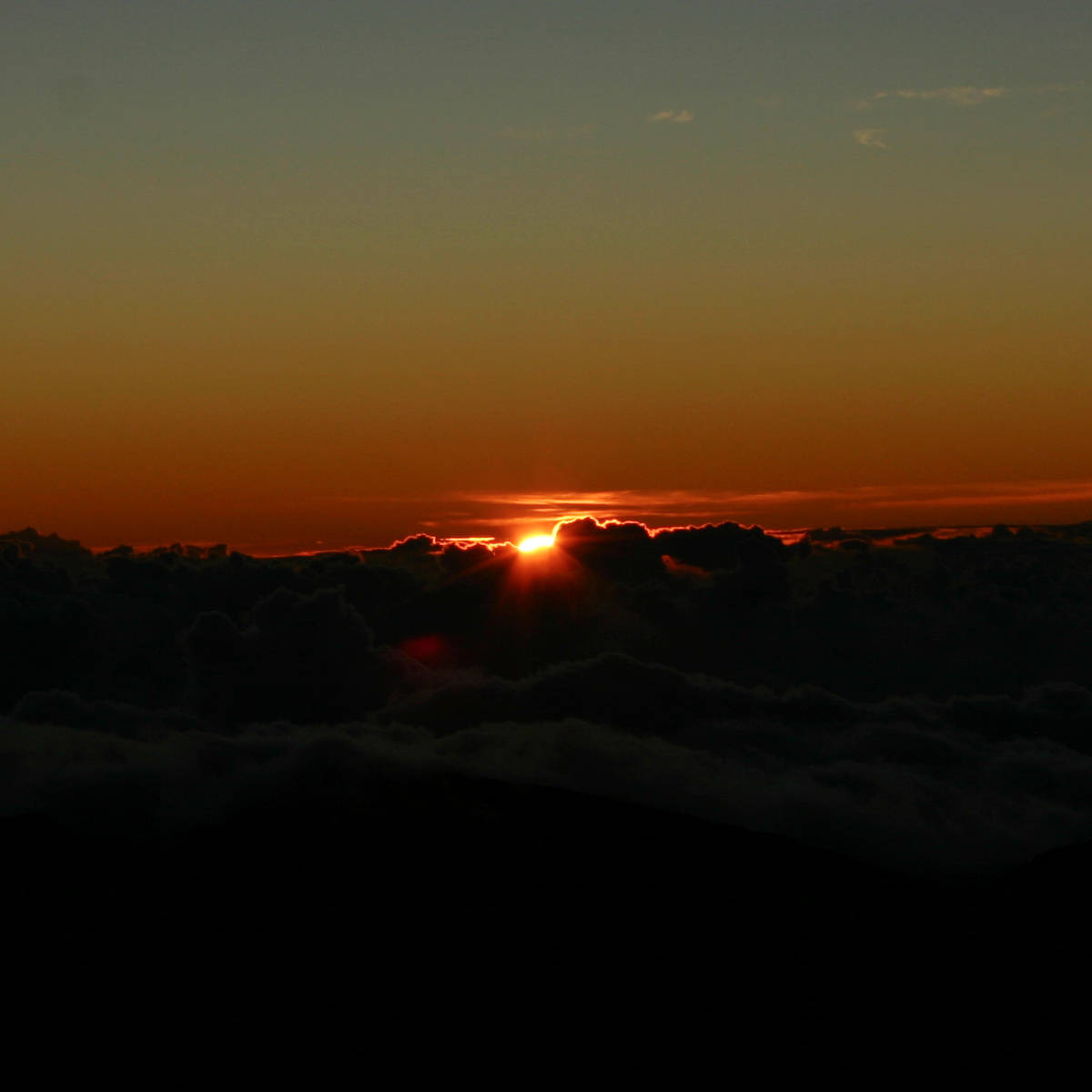
Haleakala National Park
Top Things to do - Hiking, experiencing sunrise and Sunset, Stargazing, Ranger Programs, Camping, visit the House of the Sun Visitor Center, birdwatching, ride a bike down the mountain.
Lodging - There are no National Park Lodges within the park. There are wilderness historic cabins available for rent.
There are quite a few places to stay near the park in Hana, Kipahulu, or the main areas of Wailea, Kihei, and Kaanapali.
Camping- Staying overnight within Haleakalā National Park is only allowed in a designated camping area. Reservations can be made at Hosmer Grove Campground in the summit district or in Kīpahulu Campground in the coastal district
Park Address - Summit District: 30,000 Haleakala Hwy, Kula, HI 96790 (add about ten miles from this address to the park entrance)
Kīpahulu District: Mile Marker 41 Hana Hwy, Hana, HI 96713
At Haleakala National Park, which is mostly a wilderness area, visitors can hike miles of trails or drive up to Maui's highest peak.
One of the best sunrises in the country can be seen from Haleakala NP. It is so good that visitors need to reserve a parking space and time to view the sunrise.
Kalaupapa National Historical Park
Top Things to Do -Guided Tours
Lodging - There are no lodging within the park
Camping- There are no camping options within the park
Park Address - 7 Puahi Street, Kalaupapa , HI 96742
Kalaupapa National Historical Park was once Moloka'i's two leper colonies - where islanders inflicted with Hansen's disease were forced to isolate themselves along the Kalaupapa Peninsula from 1866 to 1969.
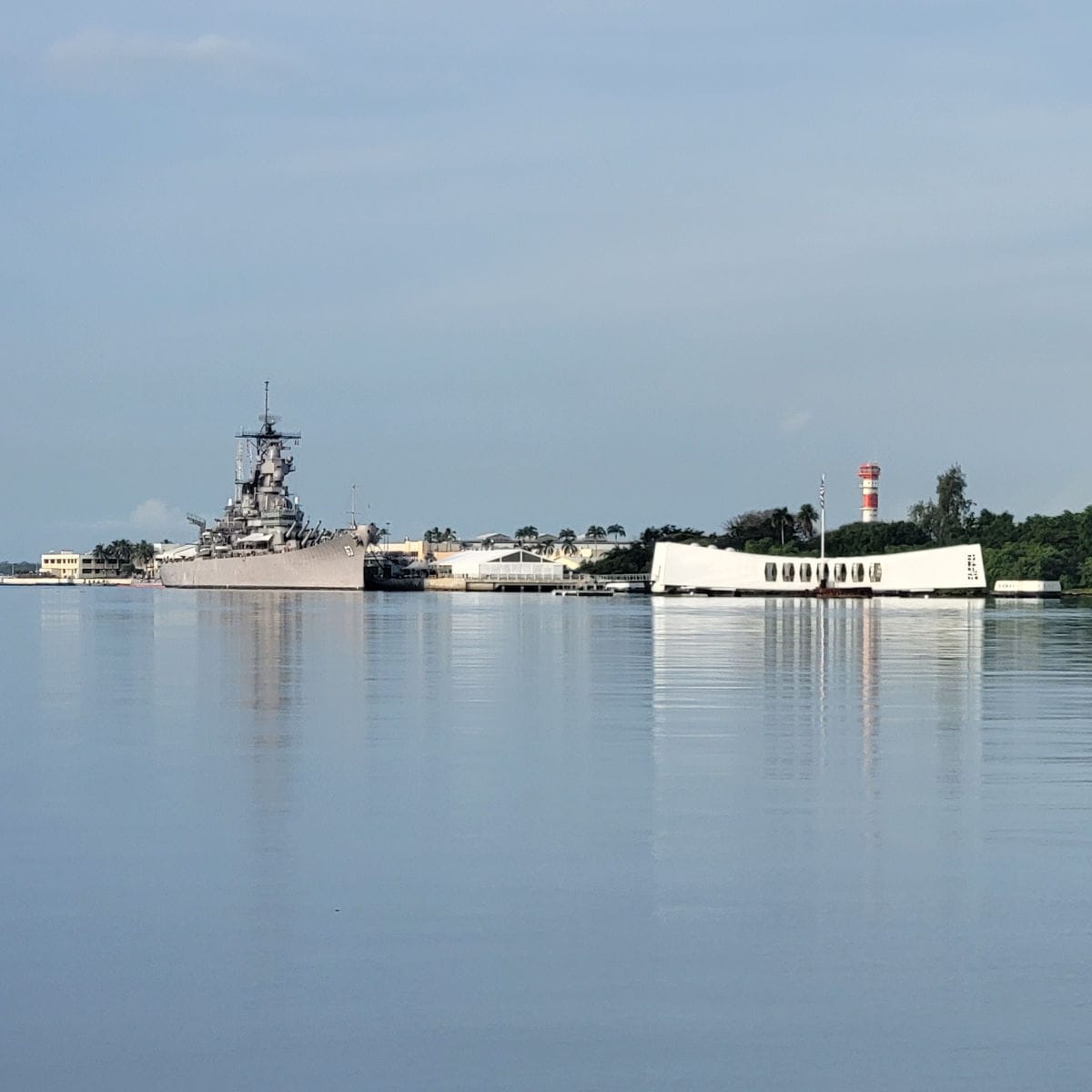
Pearl Harbor National Memorial
Top Things to do - Pearl Harbor Historic Sites, Exhibit Galleries: "Road to War" and "Attack", Pearl Harbor Memorial Theater, Interpretive Wayside Exhibits, The USS Arizona Memorial Program,
Lodging - While there are no lodging options within Pearl Harbor National Memorial, visitors can find a variety of accommodations in Honolulu, Waikiki Beach, Aiea, and nearby areas on Oahu, including hotels, resorts, and vacation rentals.
Camping- There are no camping facilities within the park
Park Address - 1 Arizona Memorial Place Honolulu, HI 96818
The USS Arizona Memorial is another part of Hawaii's often-sad history. When the Japanese attacked the ship on Dec. 7, 1941, as it sat in a harbor on Oahu, 1,177 crew members died. Visitors can honor those who lost their lives during World War II by taking a guided tour or checking out the shoreline exhibits.
There is just something special about visiting the islands of Hawaii. From the palm trees to the wildlife, there is something around every corner to explore. Hawaii National Parks include 2 gorgeous National Park sites, multiple National Historic Landmarks and so much more.
The photo below is from one of our favorite National Parks in Hawaii - Kaloko-Honokohau National Historical Park! This is one of our favorite places to watch the sunset and look for green sea turtles on the beach. You can enjoy a relaxing evening while exploring this beautiful park.
National Parks in Hawaii
- Haleakala National Park - Maui
- Hawaii Volcanoes National Park - Big Island of Hawaii
- Honouliuli National Historic Site (Not open to the public) - Oahu
- Kalaupapa National Historical Park - Molokai
- Kaloko-Honokohau National Historical Park - Big Island of Hawaii
- Pu’uhonua O Honaunau National Historical Park - Big Island of Hawaii
- Pu’ukohola Heiau National Historic Site - Big Island of Hawaii
- Pearl Harbor National Memorial - Oahu
Affiliated Sites
- Ala Kahakai National Historic Trail - Big Island of Hawaii
There are 8 National Parks in Hawaii with an estimated visitation of over 5.2 million visitors. The National Park Service estimates that these visitors produce over $734 million in economic benefits.
Hawaii National Parks include 1 national trail managed by the National Park Service, 369 National Register of Historic Place listings, 33 National Historic Landmarks, 7 National Natural Landmarks and 2 World Heritage Sites.
Hawaii National Parks also includes over 2.9 million objects in the National Park Museum Collection. Along with 974 places recorded by the Heritage Documentation Programs.
Do you know how many National Parks you have visited? Check out our printable list of all 417 National Park properties so you can check them off as you visit.
If you are focused on the 59 US National Parks check out this printable alphabetical list of the US National Parks.
Have you dreamed of becoming a Park Ranger and working in our gorgeous national parks? Check out How to Become a Park Ranger for information on what you need to do to become a park ranger.
Additional National Park Travel Resources
Learn more about National Park Passes for parks that have an entrance fee.
$80.00 - For the America the Beautiful/National Park Pass. The pass covers entrance fees to all US National Park Sites and over 2,000 Federal Recreation Fee Sites for an entire year and covers everyone in the car for per-vehicle sites and up to 4 adults for per-person sites.
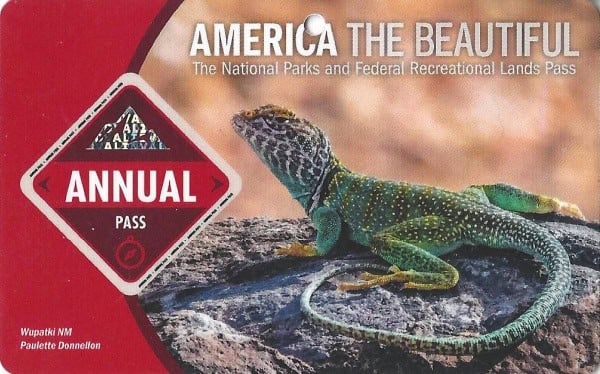
Buy your pass at this link, and REI will donate 10% of pass proceeds to the National Forest Foundation, National Park Foundation, and the U.S. Endowment for Forestry & Communities.
National Park Free Entrance Days -Mark your calendars with the five free entrance days the National Park Service offers annually.
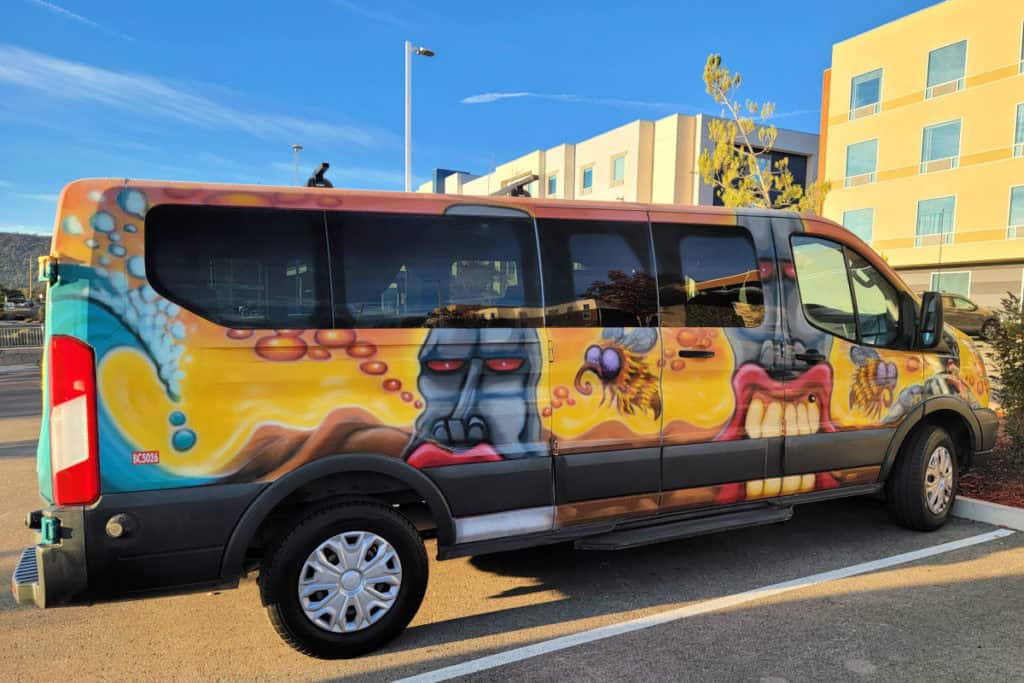
For a fun adventure check out Escape Campervans. These campervans have built in beds, kitchen area with refrigerators, and more. You can have them fully set up with kitchen supplies, bedding, and other fun extras. They are painted with epic designs you can't miss!
Escape Campervans has offices in Vancouver, Seattle, Portland, San Francisco, Las Vegas, Los Angeles, Phoenix, Salt Lake City, Denver, New York, and Orlando
National Parks in the Neighboring States
Since there are no states directly next to Hawaii, we are sharing national parks in western states
Make sure to follow Park Ranger John on Facebook, Instagram, Pinterest, and TikTok
